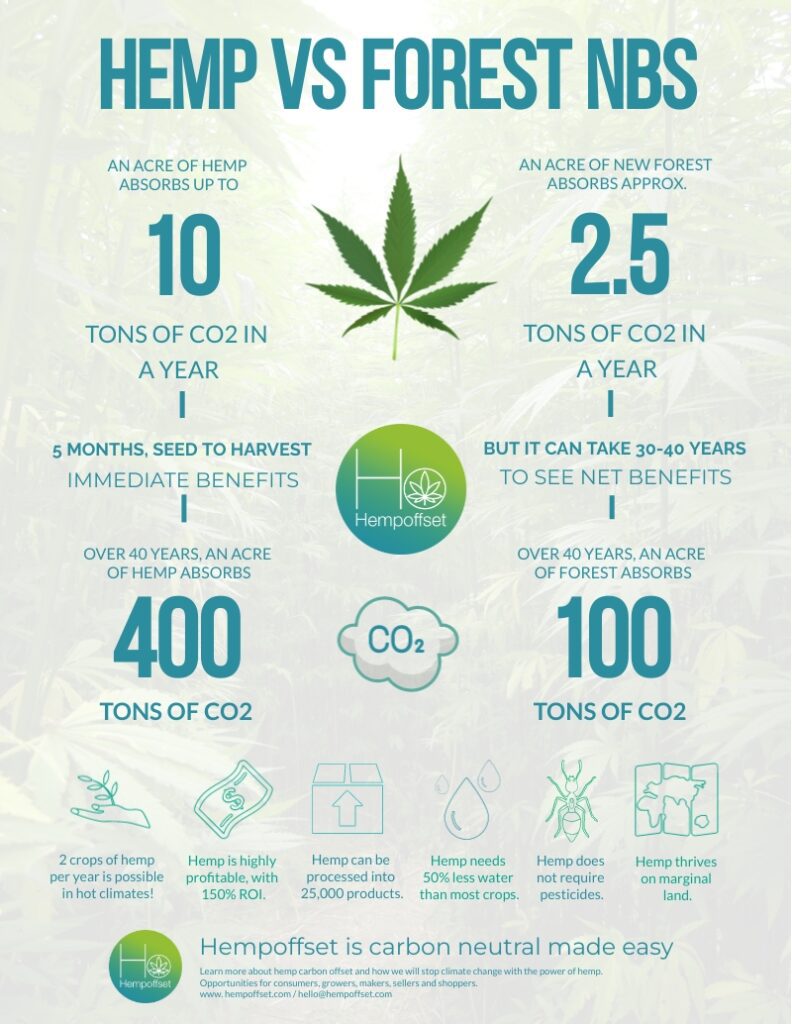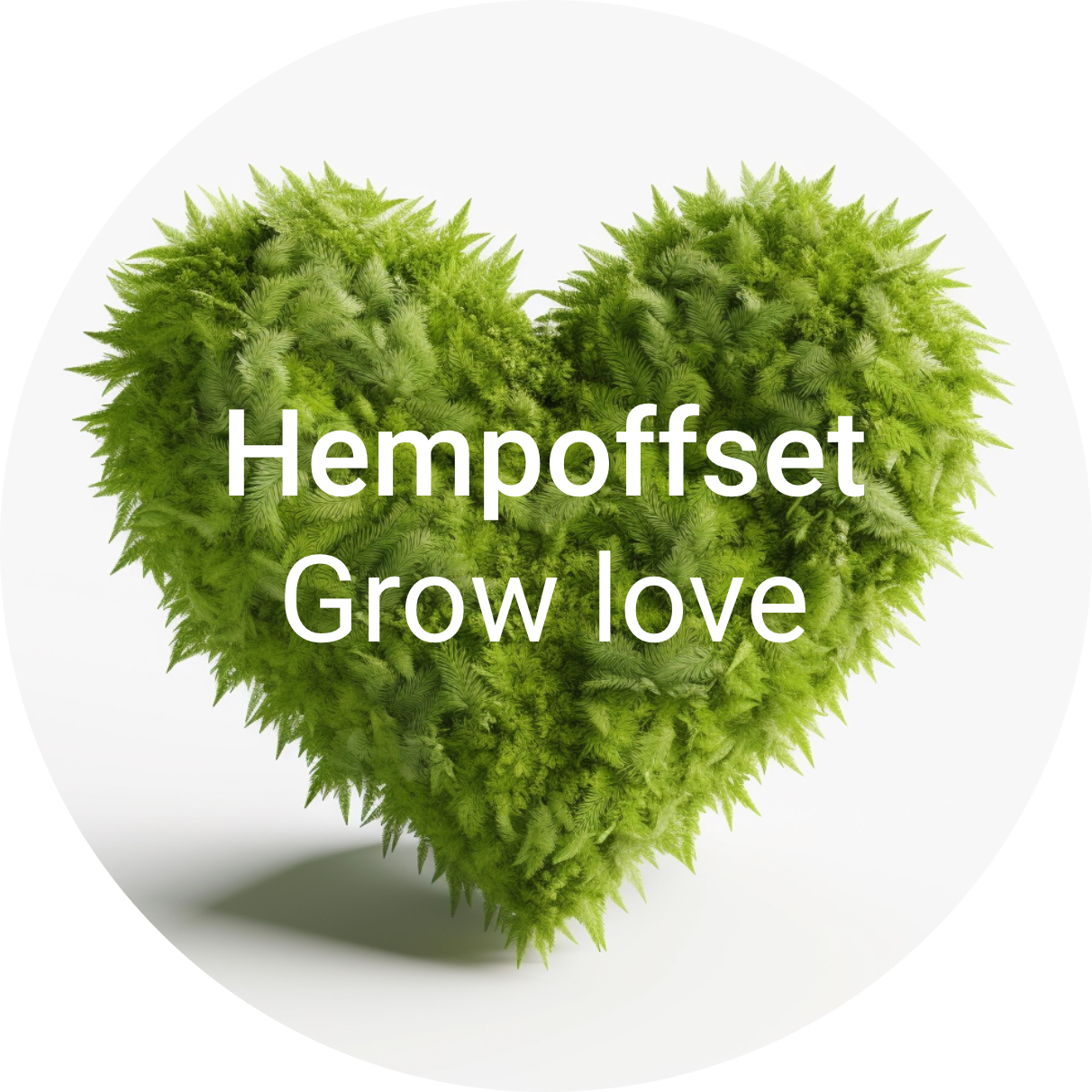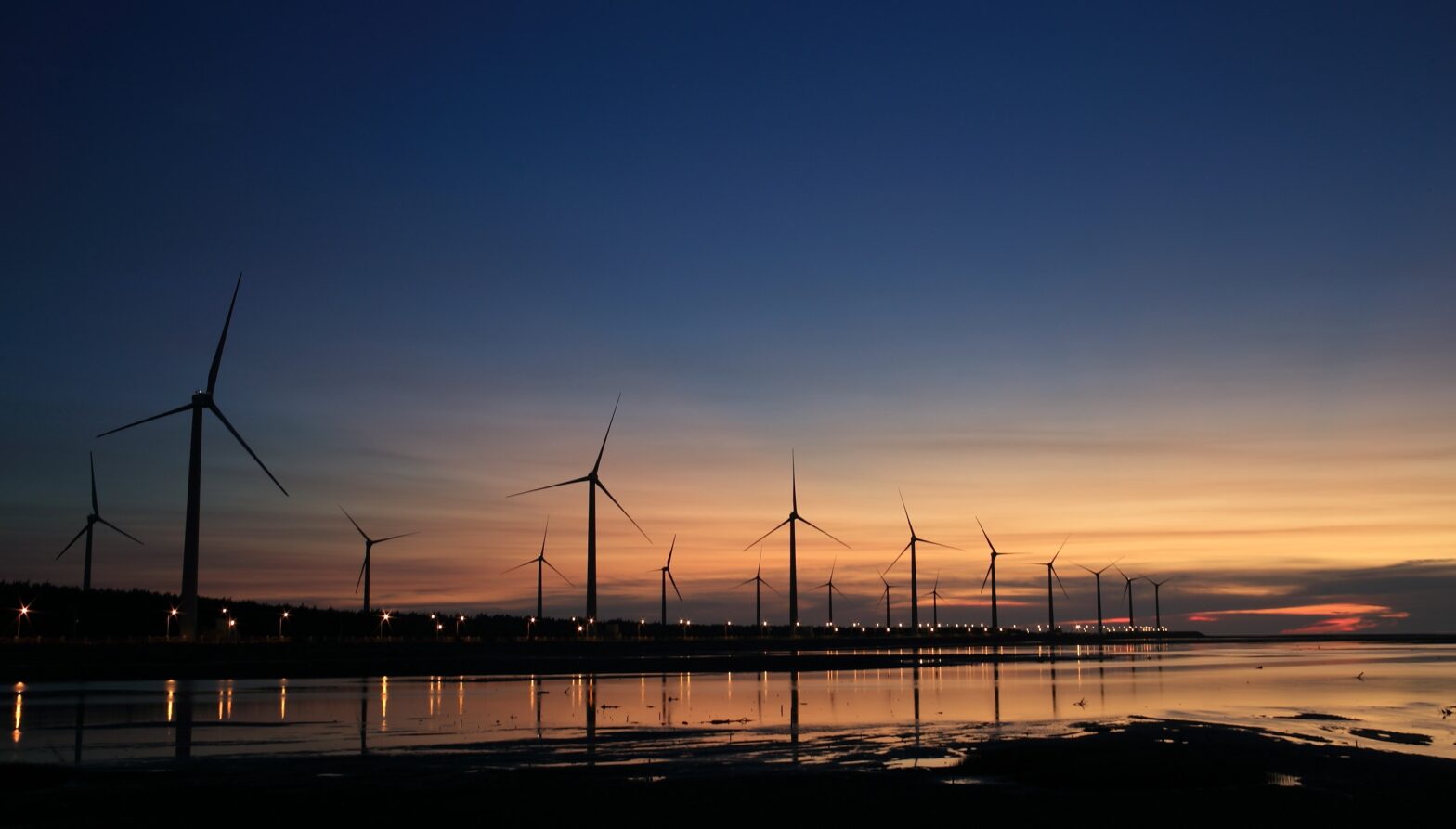Forestry carbon credits
The first generation of carbon credits was forestry. The problem with forests is that capitalism doesn’t put a value on a tree until it’s cut down, and you can’t really weigh the carbon a tree captures until it’s cut down. Also, as the world heats up, forest fires are becoming frighteningly commonplace. Anecdotal research finds that 90% of forestry projects are lost after 10 years, mainly due to legal and illegal logging, and fires. The big problem here is that it can take up to 40 years for forests to show net carbon benefits, i.e. until they absorb more CO2 than they create. Forestry carbon credits are very cheap. This is mainly because they’re useless. Basically, they are greenwashing. The Voluntary Carbon Markets (VCMs) for forestry carbon credits are mostly run by NGOs. Forestry is classed as a Nature-based Solution (NbS) to the climate crisis. But because forestry NbS schemes are generally discredited, they are not allowed in mandatory emissions capping schemes, such as the European Union’s Emissions Trading Scheme (ETS).
Forestry carbon credits are very cheap. This is mainly because they’re useless. Basically, they are greenwashing.
– Gary Byrnes, Hempoffset (You can quote me on this.)
Technology-based carbon credits
The second generation of carbon credits is heavy on tech. An example is Direct Air Capture, DAC. This entails building big machines that suck carbon dioxide (CO2) out of the air. The machines are typically placed near accessible renewable power sources, which is good, and the carbon they capture can be weighed and measured. But the carbon they trap is then put into a hole in the ground, which is bad. There’s also a growing market in carbon credits generated by avoidance of CO2 emissions, such as when a wind turbine is erected, the amount of CO2 that a fossil fuel-powered electricity generator would otherwise have emitted is calculated and sold as a credit. This approach is why Tesla is profitable. Tesla doesn’t make much of a profit from selling electric cars. Tesla makes a profit from the carbon credits it sells to other automakers who haven’t achieved zero emission vehicle production targets. Tesla earned around $1.46 billion in regulatory emissions credits in 2021. Yes, billion with a b. Hmmm. These kinds of carbon credits, especially when used in mandatory emissions trading schemes, are typically measured using UN frameworks, which are a bit too much like rocket science to be easily understood. Maybe that’s why Elon Musk does so well out of them.

Hemp carbon credits
The third-generation carbon credits take a force of nature, make it measurable, and deliver a useful outcome. We’re pioneering this new carbon credit product category, working with industrial hemp growers all over the world. Our model uses industrial hemp, and other carbon-capturing plants to capture CO2 from the air (sea kelp is also very powerful at capturing CO2, for example). The crop is weighed and its carbon content is measured. Then all CO2 outputs in the cycle, like those generated by farming machinery, are subtracted, giving a net carbon benefit. This means that the carbon benefit is fully-considered. Then the carbon is trapped, safely and permanently in useful products, such as hempcrete blocks and hemp fibre insulation material. The legacy of these third-generation carbon credit products is forever visible in tangible infrastructure, from housing to schools. We’re using one problem to solve another, in a verifiable, data-driven, science-based way. Our carbon credit sales will be totally transparent, and viewable in a secure, open registry. But wait, it gets even better: We’re enabling a massive supply of plant-based plastics and fuels, so that we can collectively end our reliance on fossil fuels, without having to sacrifice. We’re making it easy to end oil.
Work with us to get massive volumes of third-generation carbon credits to market
We’re working with growers, makers, builders and companies all over the world to realise our global ambition. Which is literally to stop climate change. Join us in this true, green revolution, and build a better, fairer world.

Learn more
InsideEVs on how Tesla makes money
Investopedia on greenwashing (We’ll cover this topic in excruciating detail soon!)
Image credits
Climate change Earth and Tesla in space GIFs by Giphy.com
Latest posts
- We’re in the XPRIZE Top 100 in the World
- Earth Day 2024: Planet vs. Plastics
- Tao Climate Urges UN Commission on Narcotic Drugs to Exclude Industrial Hemp from Narcotics Conventions
- Our Double Impact Pledge for 2030: Sequester 1 Gigatonne of Carbon in Hemp Housing for 300 Million People
- Hemp Finalist Entry in Elon Musk’s XPRIZE
Founder and CEO at Hempoffset.com and TaoClimate.com.
Hempoffset works with hemp growers and makers worldwide, to capture and sequester CO2 at scale, while building a sustainable world.
Tao Climate works with companies and individuals that want to measure, minimise and manage their carbon footprints. Tao Climate is the way to carbon neutral.
We are proud members of the Google Startups for Sustainable Development program.

